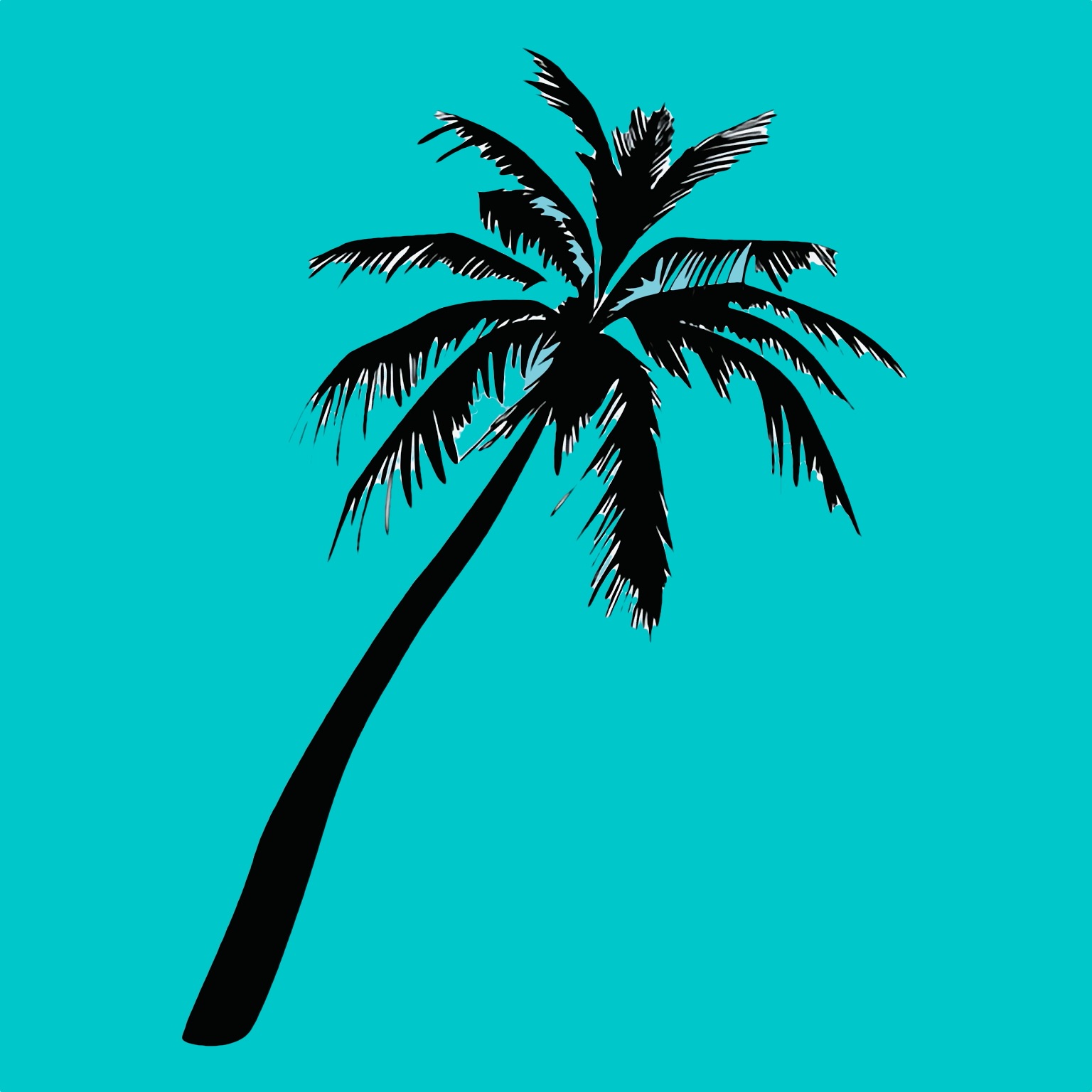Today is a day of rest and I find myself in between projects and in between creativity and consumption. I bow to Whimsy, Supreme Ruler of the Day. Where shall I let it lead?
A wild concept? A forgotten project resurrected? A peculiar experiment for no other reason than because it amuses me?
Or perhaps a whimsical map of where creative thoughts drift today? Because honestly, I’d love to chart the Sea of Shifting Ideas, complete with Islands of Inspiration, Treacherous Reefs of Distraction, and the Foggy Shores of Maybe Later.
Ah, a free spirit, riding the creative waves like a rogue vessel, no set course, just the thrill of the unknown. Honestly, that’s the best way to be.
So, do we hoist the sails toward something new, or let the currents take us wherever today’s whims demand with all the reverence of a cartographer gone mad?
The Map of the Free Spirit’s Wandering Mind
The Open Sea of Shifting Ideas
Infinite. Ever-changing. Full of rippling currents, rogue waves, and messages in bottles I wrote to myself years ago but only now understand.
Isles of Inspiration
Some are lush with ideas, others are just a single note scribbled at 3 AM that reads: “Gallinules are weird. Expand?”
Occasionally, these islands vanish when you look too closely, then reappear when you least expect it. Like a mirage.
The Treacherous Reefs of Distraction
Infested with the distraction krakens and the siren song of “just one more research whirlpool”
Often disguised as “necessary research” or “a quick break.”
Survivors tell tales of the Tidepools of Forgotten Tabs, where dreams go to drown.
The Foggy Shores of Maybe Later
Land of half-formed projects, cryptic notes, and “I’ll get to that eventually” monuments.
Occasionally, an expedition returns victorious, dragging a treasure chest labeled “Turns Out This Was A Good Idea” back to the mainland.
The Archipelago of Almost-Finished Things
Connected by half-built bridges, still waiting on “just a few tweaks.”
The locals speak in versions, drafts, and the phrase, “I should really finish this.”
The Library of Unwritten Books
An imposing, ancient structure, its halls lined with volumes missing their last chapters.
Occasionally, a door swings open, and a draft escapes into reality.
The Lighthouse of Inspiration
Glows softly, shines a calm but mischievous beacon.
Whispers, “Hey, have you considered this ridiculous but oddly compelling idea?”
Sometimes, ships crash into it anyway.
Now then, dear Free Spirit, where are we making landfall? 
The Siren’s Respite
A tavern built on the edge of imagination, where stories are currency, and the house specialty is a tall glass of “Just One More Chapter” Rum.
The bar maiden, a figure of mystery, leans in, whispering half-formed ideas like secrets meant only for myself.
On the walls hang portraits of unfinished works, their subjects occasionally shifting when you’re not looking.
The jukebox plays sea shanties
The Menu of Creative Grog
The Muse’s Old-Fashioned – A classic idea, aged to perfection. Hits just right.
The Brainstorming Storm– A chaotic, intoxicating mix of thoughts that sparks genius or absolute madness (no in-between).
The Plot Twist Punch – Comes out of nowhere. Leaves you reeling. Best enjoyed unexpectedly.
The One More Edit Martini – Keeps you up all night fixing things that were already fine.
The Blue Screen of Death Shot – Regrettable. Tastes like lost drafts and unsaved work.
The Cove of Shore Leave
A rest stop for the creatively weary, where Free Spirits are welcome to stay until their next adventure calls.
The hammocks whisper forgotten ideas, gently reminding me of what could have been if only I’d written it down.
A dock with rowboats labeled New Project, Revisiting the Archive, and Rubbish Nonsense, But Let’s Do It Anyway.
The Siren’s Call
Beyond the cove, a haunting melody drifts over the waves, a siren’s song of an idea too tempting to ignore.
Many sail toward it, believing they can resist its pull, but few return unchanged.
The lighthouse of inspiration flickers in the distance, as if warning you: Follow at your own risk.
Right, shore leave wins the day and that’s enough of that whimsical nonsense, because the new Formula 1 season is about to begin and it’s Miami soccer after that.





